#striped pyjama squid
Explore tagged Tumblr posts
Text
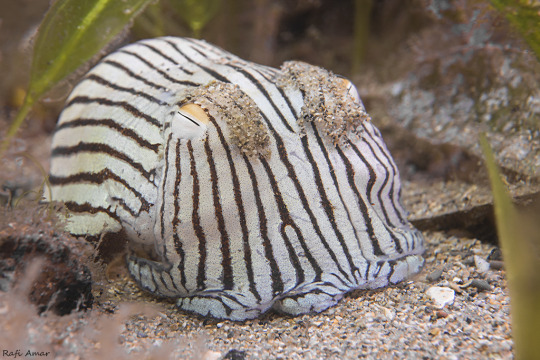
Daily Cephalopod #177
#squid#striped pyjama squid#sepioloidea lineolata#i call it 'sepio lot-o-lines' in my head on occasion#daily cephalopod#cephalopod#marine life#ocean creatures#ocean critters#marine biology#zoology#animals#biology#cephalopods#marine animals
1K notes
·
View notes
Text
presenting my ONLY HAPPY OC EVER

MS. KAIMANA AICHI!!!!!!!!!
more stuff abt her under the cut!
Kaimana Aichi
Information:
Gender: Female Age: 18 Height: 5'2 | 157cm Homeland: Coral Sea (Coral Reefs) Family: Unnamed parents, unnamed little brother
Dorm: Scarabia School Year: Third Class: 3-D Club: Art Club Best Subject: Art
Dominant Hand: Right Favorite Food: Crab Least Favorite Food: Shrimp Dislikes: Clothing Mishaps Hobby: Fashion design Talents: Memorization
Other Notes:
ok so i know it says she's a striped pyjama "squid" mer but striped pyjama "squid" are actually cuttlefish!
some other things that kaimana loves are patterns and shopping! she LOOOVES stripes and leopard prints and polkadots- you name it!!
she doesnt like shrimp bc she ate so much of it as a kid that she got sick of it LOL
kaimana went to school with the octotrio, though she was a year above them!
speaking of the octrotrio, kaimana is almost a DIRECT OPPOSITE TO AZUL. she's very confident in herself and her capabilities, and she's actually close friends with prince rielle! they text regularly since they're at different schools.
when they were children, kaimana did defend azul from bullies once while she was on her way home. this is the only time they've ever interacted.
kaimana's very extroverted; she has a ton of friends and is sort of known as the campus "social butterfly." she's like what cater is pretending to be, but she's fully genuine through it all. kaimana loves to express herself, as seen with her HIGHLY customized uniform HAHA (btw. ik her skirt is rlly short. its intentional!! she rolls it up rlly high cus she thinks its cute!!)
all that being said, kaimana is FRIGHTENINGLY intelligent. she has photographic memory and can remember things from years ago with extreme detail. many who first see her assume that she isn't capable, but looking at the academic charts, kaimana is constantly topping them. she's very forgiving, but she doesn't ever forget.(she holds grudges can u tell)
on top of that, her eyesight is VERY good.
kaimana became friends with my other oc, morwenna veil, shortly after morwenna came to NRC. she calls her 'mormor' and morwenna HAAATES IT
kaimana, as a cuttlefish, can actually shift her haircolor and skin to show different colors and patterns!
so, kaimana's unique magic is called "Towards the Light." kaimana will flash different patterns back and forth, quickly hypnotizing the recipient. the recipient will then feel a strong pull towards kaimana, and they will begin rapidly walking to her. kaimana has perfected this spell to the point that she can hold someone under her control for days on end.
taglist (ask to be added!!): @taruruchi @honeyedpearcrushh @teighveepao @boopshoops @scint1llat3
@h2llish @viperbunnies @buttholesparkles @oya-oya-okay
#my ocs#oc profile#twisted wonderland#twst#twst oc#twisted wonderland oc#twst fanart#・❥・my art#disney twisted wonderland#disney twst#scarabia#scarabia oc#striped pyjama squid#cephalopods#kaimana aichi
159 notes
·
View notes
Text
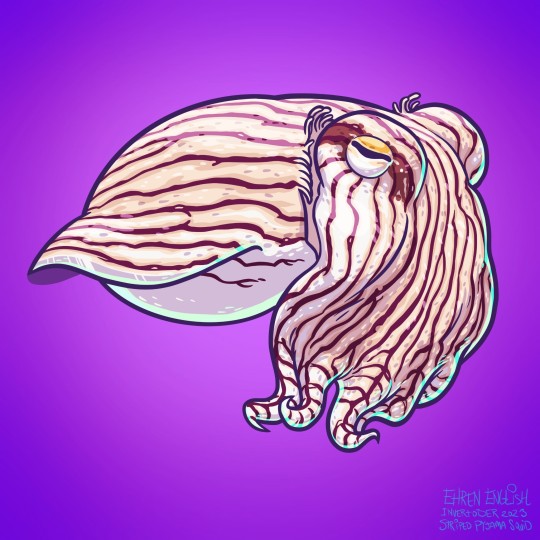
Invertober 28: striped pyjama squid
#digital art#procreate#invertober#invertober2023#striped pyjama squid#Squid#Squid art#Cephalopod#sea life
324 notes
·
View notes
Text
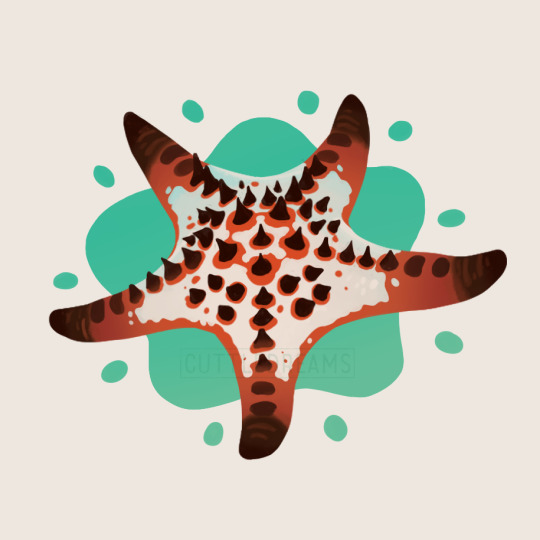
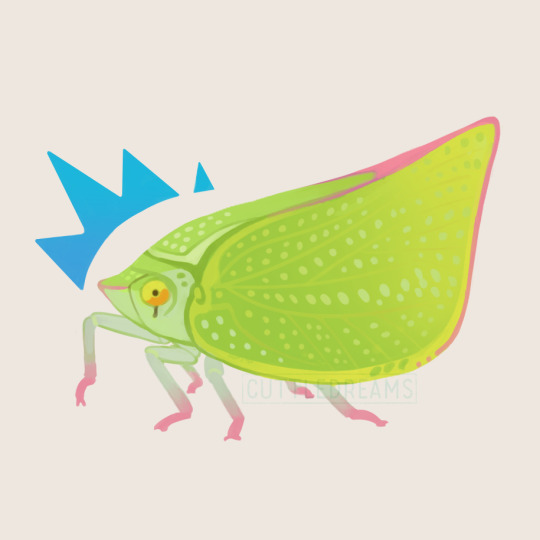


Invertober Days 25 through 28!!!
- Horned Sea Star ~
- Torpedo Bug ~
-Iceland Scallop ~
-Striped Pyjama Squid ~
Invertober is put together by fossilforager! Prompt List
248 notes
·
View notes
Text

invertober day 28, striped pyjama squid
#invertober#striped pyjama squid#squid#cephalopod#mollusk#looking this thing up and going ''damn they did not lie that squid is striped pyjamas''
180 notes
·
View notes
Text
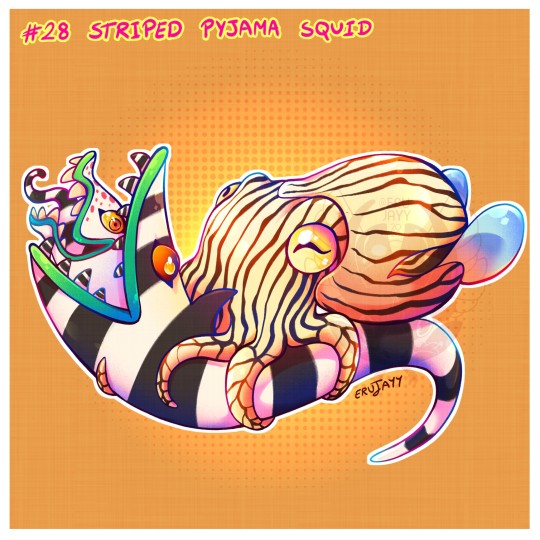
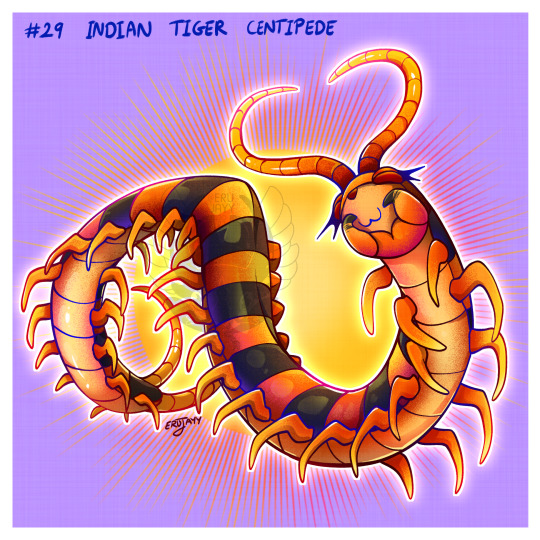
Day 28 and 29: Striped pyjama squid and Indian tiger centipede
The pyjama reminded me of Beetlejuice because theres a showing of it tomorrow in the cinema Im going to see, so it gets to ride a sandworm!
#invertober2023#striped pyjama squid#squid#centipede#tiger centipede#cephalopod#scolopendra#insects#bug#bug art#beetlejuice#myart
166 notes
·
View notes
Text
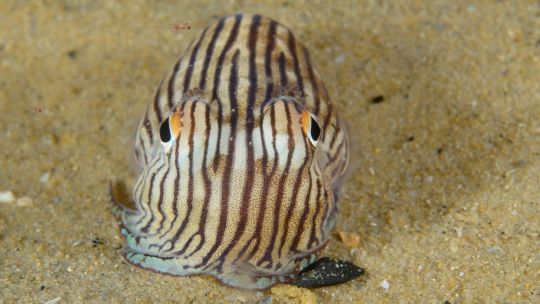
Striped pyjama squid (Sepioloidea lineolata)
The striped pyjama squid, found in Australia, is not a squid, but a cuttlefish.
(Image credit: Andrew Trevor-Jones via Alamy)
#andrew trevor-jones#photographer#alamy#striped pyjama squid#squid#sepioloidea lineolata#marine#cuttlefish#australia
58 notes
·
View notes
Text
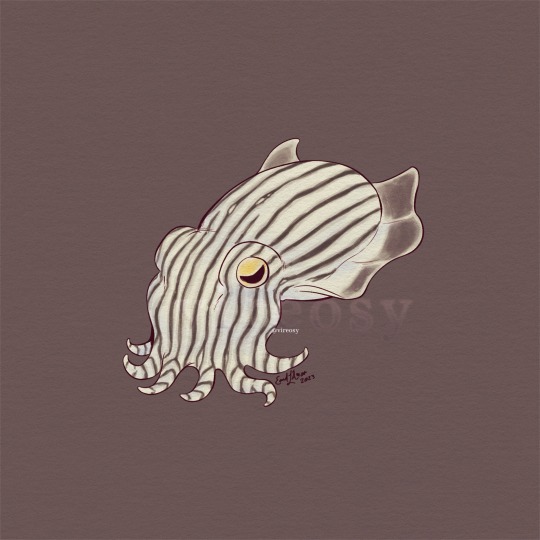
Invertober Day 28 - striped pyjama squid
#invertober#invertober2023#squid#striped pyjama squid#bottletail squid#cuttlefish#molluscs#marine life#inverts#invertebrates#animals#drawing#digital#id in alt
120 notes
·
View notes
Text

Today's cephalopod wore his best pajamas for you!!!
7 notes
·
View notes
Text
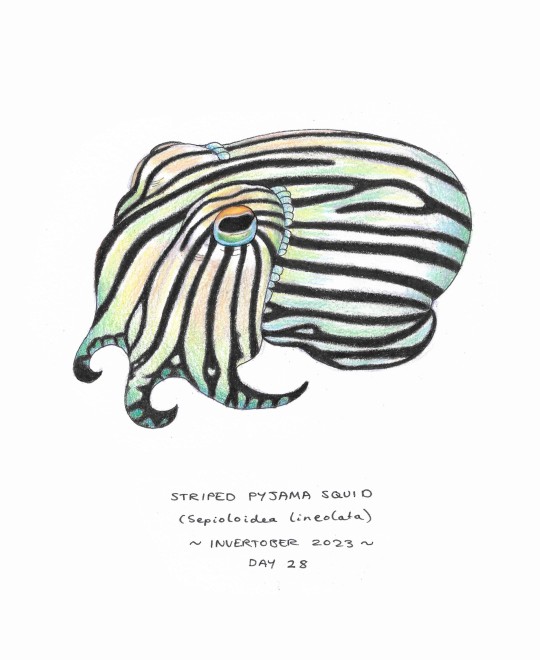
Invertober day 28 🐙
41 notes
·
View notes
Text

Invertober day 28 striped pyjama squid
20 notes
·
View notes
Text
ADOPTABLES!!! WOOHOO (SOLD OUT)
i did all of these for fun, all names are placeholders and you can change their names after taking them. theyre a $1 each but i take tips if you think they are worth more
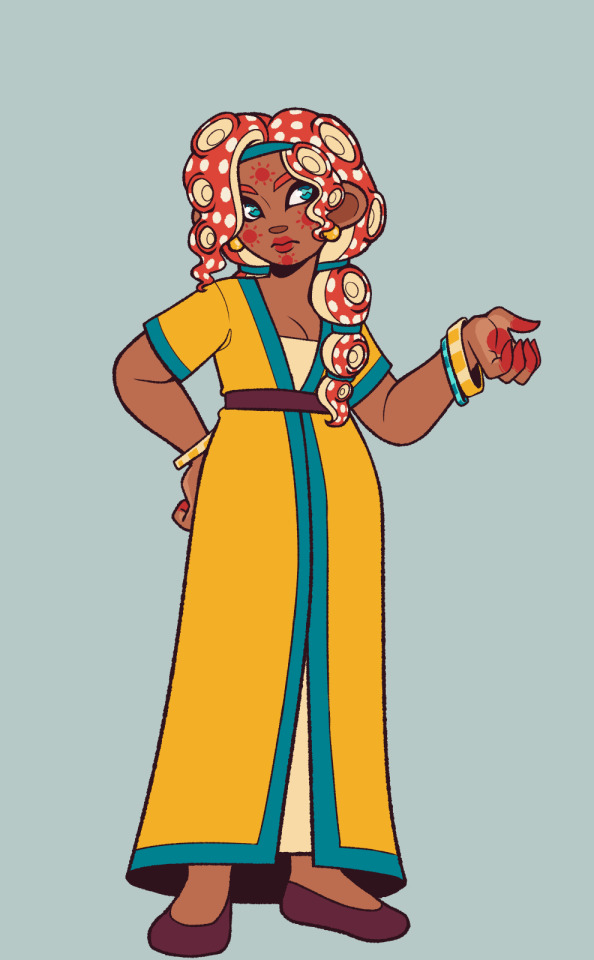


octolings: SOLD Callisto (atlantic spotted octopus), SOLD Bianca (blanket octopus), SOLD Mima (mimic octopus)



inklings: SOLD Margaret (magnapinna squid), SOLD PJ (striped pyjama bobtail squid), SOLD Holly (humboldt squid)
theyre all girls bc like ummmm this is cephalopodyuri, go to cephalopodyaoi for dudes
if these are successful i will make more adoptables
#splatoon#splatoon oc#octoling#inkling#adoptable#character design#magnapinna squid#striped pyjama bobtail squid#humboldt squid#atlantic spotted octopus#blanket octopus#mimic octopus
139 notes
·
View notes
Text
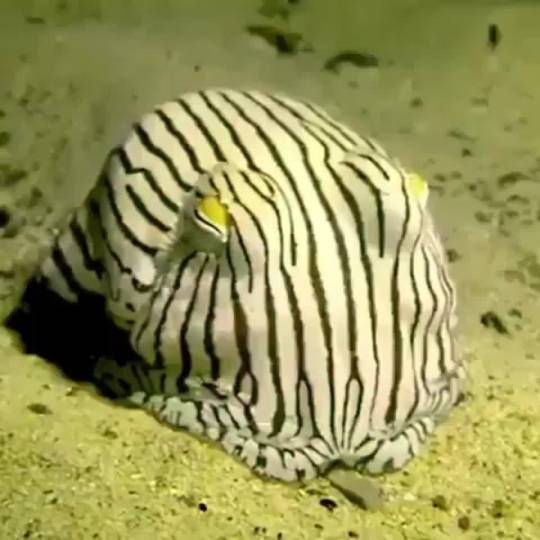
Daily Cephalopod #18
#cuttlefish#the striped pyjama squid#sepioloidea lineolata#little blorb#daily cephalopod#cephalopod#cephalopods#marine life#marine critters#marine creatures#marine animals#marine biology#ocean creatures#ocean critters#ocean animals#ocean life#sea life#sea creatures#sea animals#biology#zoology#animals
296 notes
·
View notes
Text

oh yay ^_^ !!!! happy for him
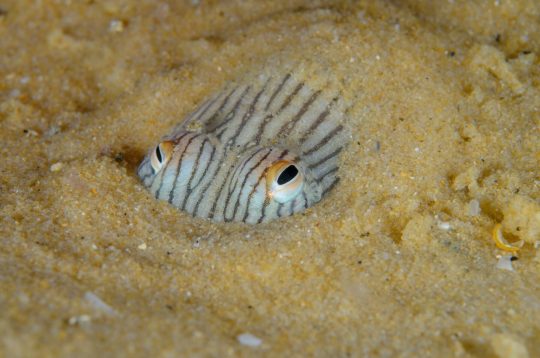
ah.... there he goes to bed
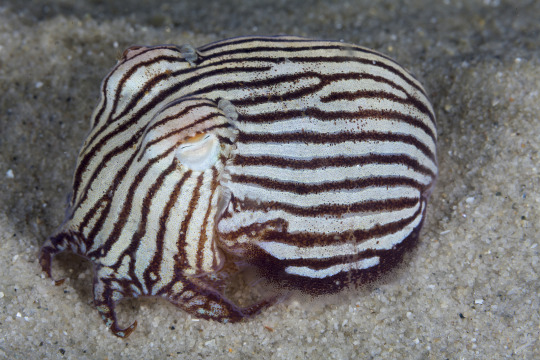
ohhhhhh what a sweet little man.... why are you dressed for jail... what is your crime..
24K notes
·
View notes
Text
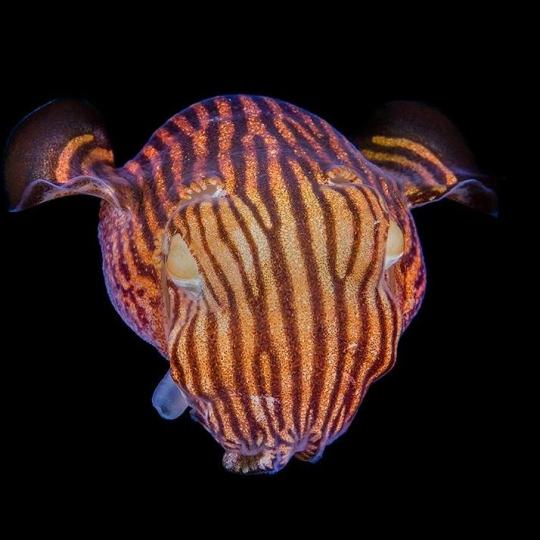
If Tim Burton had a favorite cephalopod, it might be this one. Meet the striped pyjama squid (Sepioloidea lineolata)! Despite its common name, this critter is actually a cuttlefish—and it’s one of the few poisonous cephalopods known to science. When threatened, it can change color and secrete slime to intimidate foes. It typically spends its days nestled beneath the sand, rising at night to hunt for small shrimp and fish. This species inhabits shallow waters around Australia, including near the Great Barrier Reef.
Photo: Rafi Amar, CC BY-NC 4.0, iNaturalist
#science#nature#natural history#animals#fact of the day#did you know#animal facts#cephalopods#stripes#halloween#spooky season#cool animals#tim burton#squid#cuttlefish#ocean life#marine biology
619 notes
·
View notes